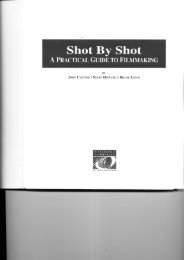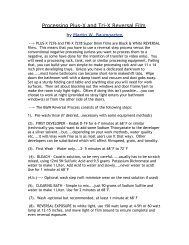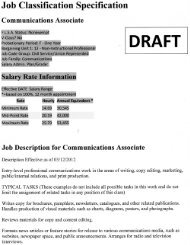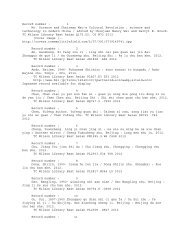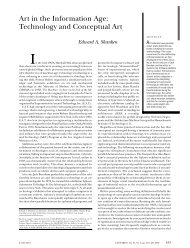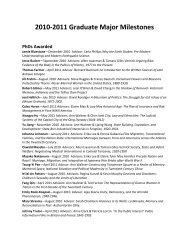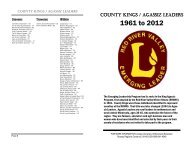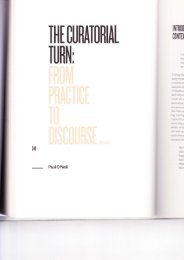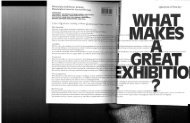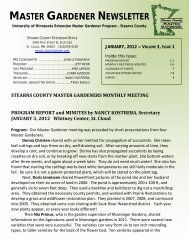Labelling and Marking Museum Objects Booklet
Labelling and Marking Museum Objects Booklet
Labelling and Marking Museum Objects Booklet
You also want an ePaper? Increase the reach of your titles
YUMPU automatically turns print PDFs into web optimized ePapers that Google loves.
Remember that any chemical substance, unless it has been developed or tested within the<br />
museum profession so that its properties are known, may have adverse effects on museum<br />
objects. Always check with a conservator before proceeding.<br />
Also remember that even commonplace materials like Tippex TM can contain harmful chemicals,<br />
<strong>and</strong> bear hazard warning symbols. Treat them with the same care you would any other chemical,<br />
<strong>and</strong> observe CoSHH <strong>and</strong> H&S regulations for their use, storage <strong>and</strong> disposal.<br />
Security marking<br />
Ordinary UV security marker pens or Smartwater TM (an aqueous suspension of marker<br />
chemicals that fluoresce under UV light) can be applied to a Paraloid B72 base coat, as<br />
described in Basic Technique 1: Writing on the Object. This makes them easier to remove,<br />
ensuring reversibility, although it correspondingly lessens the degree of security protection.<br />
Alternatively, an object could be marked on its pedestal, frame or mount (see Basic Technique 11:<br />
<strong>Marking</strong> packaging or support, bearing in mind that these can become separated from the object itself).<br />
3



